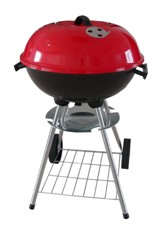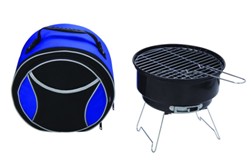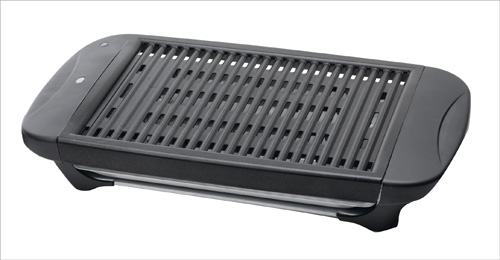sales@newstarmotor.com
MSN:vivia2013newstar@hotmail.com
Skype:vivialau201314
Tel:0755-22189196 &008618923763617
Barbecue Grill This article is about the cooking appliance and should not be confused with the noun "Barbecue". For other uses, see Restaurant. Food cooking on a charcoal grill
A barbecue grill is a device for cooking food by applying heat directly from below. There are several varieties of such grills, with most falling into one of two categories: gas-fueled and charcoal.
Product picture for reference:

Gas grills are designed for either LP or NG, although it's possible to convert a grill from one gas source to another.
The majority of gas grills follow the cart grill design concept: the grill unit itself is attached to a wheeled frame
that holds the fuel tank. The wheeled frame may also support side tables and other features. A recent trend in gas
grills is for the manufacturers to add an infrared radiant burner to the back of the grill enclosure. This radiant
burner provides an even heat across the burner and is intended for use with a horizontal rotisserie. A meat item
(whole chicken, beef roast, pork loin roast) is placed on a metal skewer that is rotated by an electric motor.
Smaller cuts of meat can be grilled in this manner using a round metal basket that slips over the metal skewer.
Another type of gas grill gaining popularity is called a flattop grill. According to Hearth and Home magazine,
flattop grills "on which food cooks on a griddlelike surface and is not exposed to an open flame at all" is an
emerging trend in the outdoor grilling market.[9] A small metal "smoker box" containing wood chips may be used
on a gas grill to give a smoky flavor to the grilled foods. Although, barbecue purists would argue that to get
a true smoky flavor (and smoke ring) you have to cook low and slow, indirectly and using wood or charcoal.
According to The Gas Grill Review and Ratings Guide, gas grills are difficult to maintain at the low temperatures
required (~225-250 ¡ãF), especially for extended periods.[10] The kettle grill is considered the classic American grill design[citation needed.
Product picture for reference:
The original and often-copied Weber kettle grill was invented in 1951 by George Stephen.
It has remained one of the most commercially successful charcoal grill designs to date[citation needed].
Smaller and more portable versions exist, such as the Weber Smokey Joe. The kettle grill is composed of a lid,
cooking grid, charcoal grid, lower chamber, venting system, and legs. Some models include an ash catcher pan and wheels.
The lower chamber that holds the charcoal is shaped like a kettle, giving the grill its name. The key to the kettle grills'
cooking abilities is its shape. The kettle design distributes heat more evenly. When the lid is placed on the grill,
it prevents flare-ups from dripping grease, and allows heat to circulate around the food as it cooks. It also holds in
flavor-enhancing smoke produced by the dripping grease or from smoking wood added to the charcoal fire. The kettle grill
has bottom vents that also dispatch ash into a pan below the bowl. Most kettle grills can be adapted for indirect cooking.
The kettle design allows the griller to configure the grill for indirect cooking (or barbecuing) as well. For indirect cooking,
charcoal is piled on one or both sides of the lower chamber and a water pan is placed in the empty space to one side or between
the charcoal. Food is then placed over the water pan for cooking. The venting system consists of one or more vents in the bottom
of the lower chamber and one or more vents in the top of the lid. Normally, the lower vent(s) are to be left open until cooking is
complete, and the vent(s) in the lid are adjusted to control airflow. Restricted airflow means lower cooking temperature and slower
burning of charcoal.
Product picture for reference:

We also have some electric bbq:


